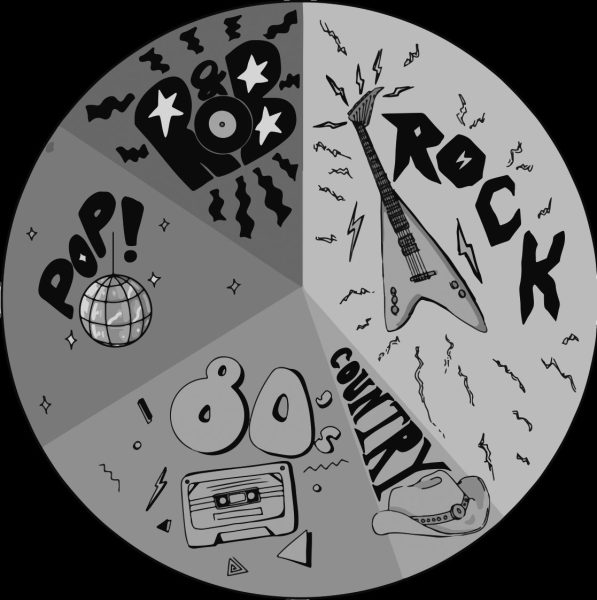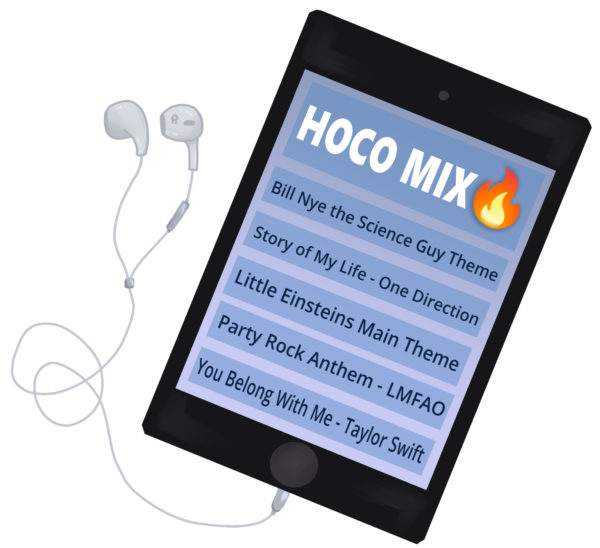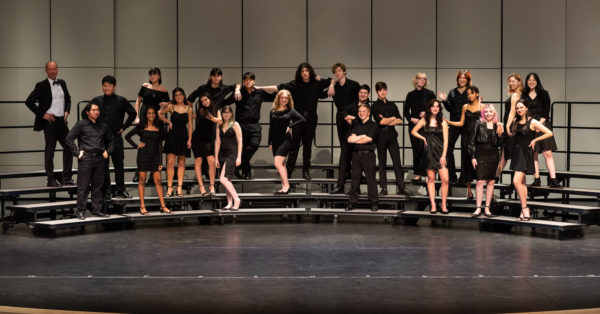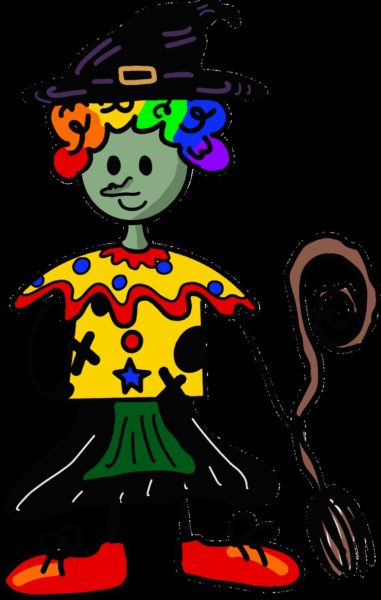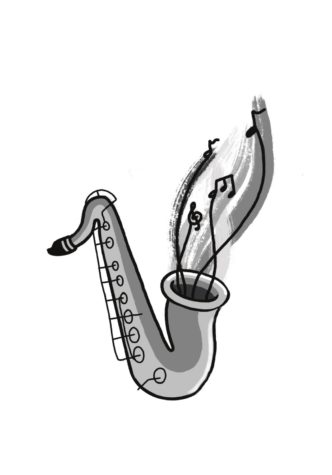How the turn tables have turned
October 22, 2015
You hear it all the time from critical parents, teachers, and crotchety grandparents – ‘music isn’t what it used to be.’ But how is it any different? And what happened?
With the high profile biopic of rap group NWA, the conversation concerning ground breaking, explicit music has been right in the spotlight. It turns out that since as far back as the 60’s and 70’s, the older generation has been bemoaning the tastes of adolescents.
“Teenage years are often dominated by the need to establish identity, and music is a cheap, effective way to do this,” Dr. Jason Rentfrow, senior researcher of a study done by Cambridge University said.
The study was done by Cambridge to determine how musical taste has changed. Cambridge’s study said that much of the music listened to by adolescents – both of today and as far back as the 70’s – is used to assert their individuality and personality by listening to music.
“The study found that, unsurprisingly, the first great musical age is adolescence – defined by a short, sharp burst of ‘intense’ music. ‘Intense’ music – such as punk and metal – peaks in adolescence and declines in early adulthood, while ‘contemporary’ music – such as pop and rap – begins a rise,” Rentfrow said.
This bears surprisingly little difference in and of itself to the musical taste of your parents – rebelling against the establishment and establishing their individuality. The main difference is that their rebellion included The Rolling Stones, Aerosmith, and the like, while kids today are more likely to listen to pop or rap, judging by the top 40 list.
Meanwhile, the emergence of rap has almost inarguably been “the watershed moment in modern music” according to the Atlantic.com. The content of hip-hop and its subgenres parallels music seen earlier, only dialed up.
“Adolescents’ quest for independence often takes the shape of a juxtaposed stance to the perceived ‘status quo,’ that of parents and the establishment,” Rentfrow said.
The content of today’s music can be seen as a continuation of this. So while some of the content may have changed, the reasons behind listening to them are much the same, with teens unknowingly repeating the cycle that their parents went though.



